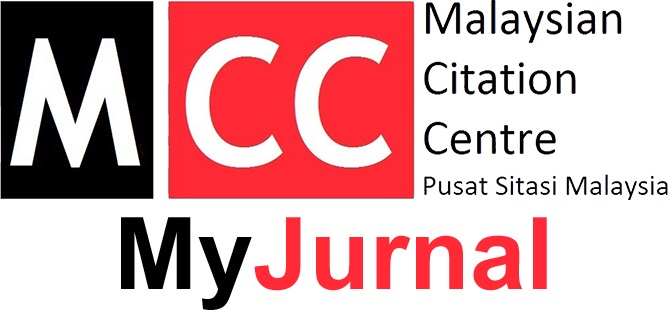THE VISITOR’S SATISFACTION TOWARD FACILITIES PROVIDED IN NATURE INTERPRETATION CENTER, TAMAN WETLAND, PUTRAJAYA
Keywords:
interpretation, facilities, Nature Interpretation Center, Putrajaya, visitor’s satisfactionAbstract
Nature Interpretation Center is hub information that people will be visiting to search more knowledge and
getting experience about the nature. The attractive facilities that provided in the center such as exhibition area,
entrance foyer and children area will attract visitor to visit. However, it need to be started from design stage so,
that can avoid any problem or issues of functions of the facilities. The intention of this paper is to evaluate
travel motivation of visitor and to identify visitor’s satisfaction towards facilities that will improve their
experience in Nature Interpretation Center. Questionnaire method is used to collect the data and distributed to
visitor in Nature Interpretation Center, Putrajaya. This process covers that background of the respondents and
facilities that provided in Nature Interpretation Center, Putrajaya.
References
Beck, L. and Cable, T. (2002) Interpretation for the 21st Century: Fifteen Guiding Principles for Interpreting
Nature and Culture, Urbana, Illinois: Sagamore.
Colin Mulberg Consulting (2015), Visitor experience is key to museum and heritage resilience,
www.advisor.museumsandheritage.com, Retrieved on 23 February 2017
Csikszentmihalyi, M., & Hermanson, K. Intrinsic motivation in museums: Why does one want to learn? In J.
H. Falk & L. D. Dierking (Eds.), Public institutions for personal learning (pp. 67-77). 1995.
Washington, DC: American Association of Museums.
de Rojas, C., & Camarero, C. (2008). Visitors' experience, mood and satisfaction in a heritage context: evidence
from an interpretation center. Tourism Management, 29(3), 525-537.
Guthrie, K. Kendall, & Dutton, William H. (1992). The politics of citizen access technology: The development
of public information utilities in four cities. Policy Studies Journal, 20(4), 574-597.
Interpretation Canada (1978) Retrieved from www.interpcan.ca on 17 March 2017
Knudson, D. M., Cable, T. T. and Beck, L. (2003) Interpretation of Cultural and Natural Resources (2nd ed.),
State College, Pennsylvania: Venture Publishing.
Kuo, I. (2002). The effectiveness of environmental interpretation at resource‐Sensitive tourism destinations.
International Journal of Tourism Research, 4(2), 87-101.
Larsen, D. (2003) Meaningful Interpretation: How to Connect Hearts and Minds to Places, Objects, and Other
Resources, Fort Washington: Eastern National; National Park Service.
Lester, S., & Maudsley, M. 2007. Play, naturally: A review of children’s natural play. London: National
Children’s Bureau.
Moscardo, G. (1998). Interpretation and Sustainable Tourism. The Journal of Tourism Studies, 9(1).
Neal Kalita (2007), Cost model: Visitor centres, Issue 25, www.building.co.uk/costmodelvisitorcentres/
Retrieved on 9 February 2017
Sullivan, John L., Borgida, Eugene, Jackson, Melinda S., Riedel, Eric, Oxendine, Alina, & Gangl, Amy. (2002).
Social capital and community electronic networks: For-profit versus for-community approaches.
American Behavioral Scientist, 45(5), 868.
Tilden, F. (1957) Interpreting our Heritage. The University of North Carolina Press, Chapel Hill, North
Carolina.
Timothy, D. (2007). Managing Heritage and Cultural Tourism Resources (Vol. 1): Ashgate Publishing Limited.
Tuan, Y.-F. (1997), Place and space: The perspective of Experience. Minneapolis: University of
Minnesota Press.
Virnoche, Mary E. (1998). The seamless Web and communications equity: The shaping of a community
networks. Science, Technology & Human Values, 23(2), 199.
World Forum Foundation. (2010). Connecting Children with Nature Action Forum: A project of the World Forum
Foundation’s Nature Action Collaborative for Children. Retrieved 29 March 2017, from
www.worldforumnfoundation.org
York, S. 2015 The White House Visitor Center: A case study in inclusive exhibition design. Exhibitionist, 34(2),
-55
Downloads
Published
Issue
Section
License
Copyright (c) 2017 Journal of Academia

This work is licensed under a Creative Commons Attribution-NonCommercial-NoDerivatives 4.0 International License.











